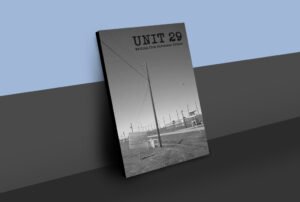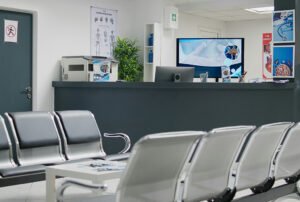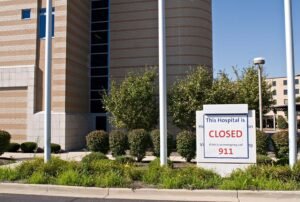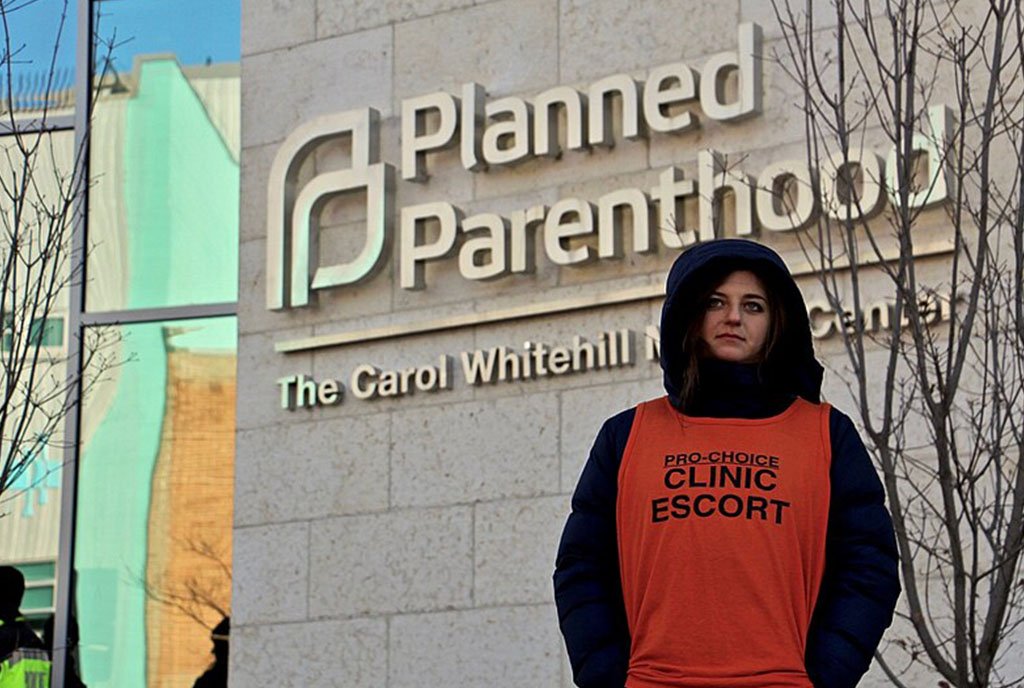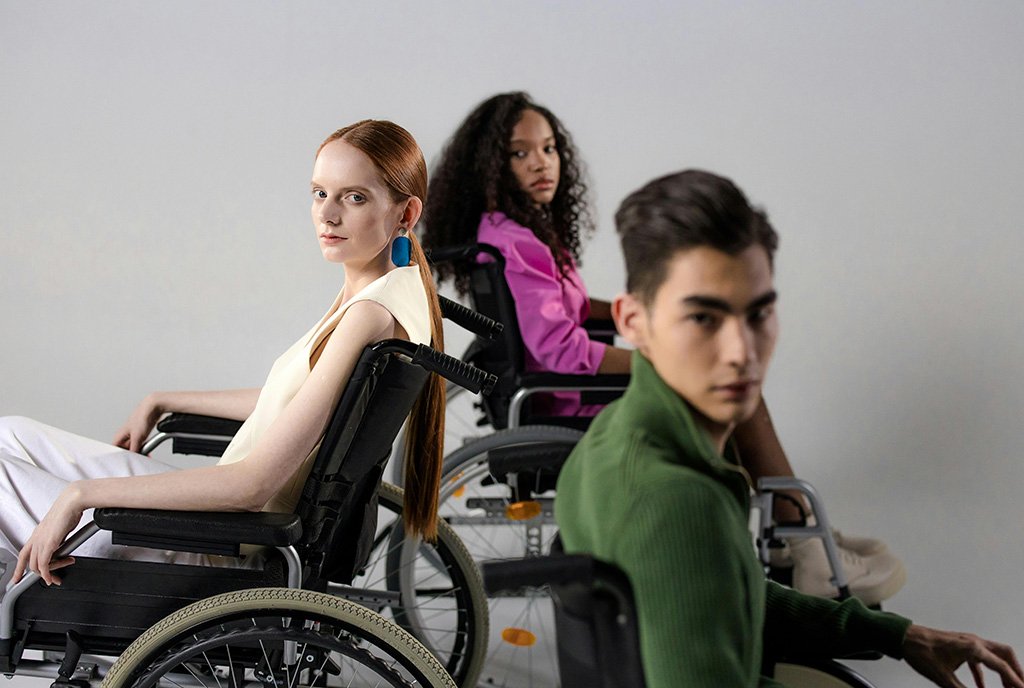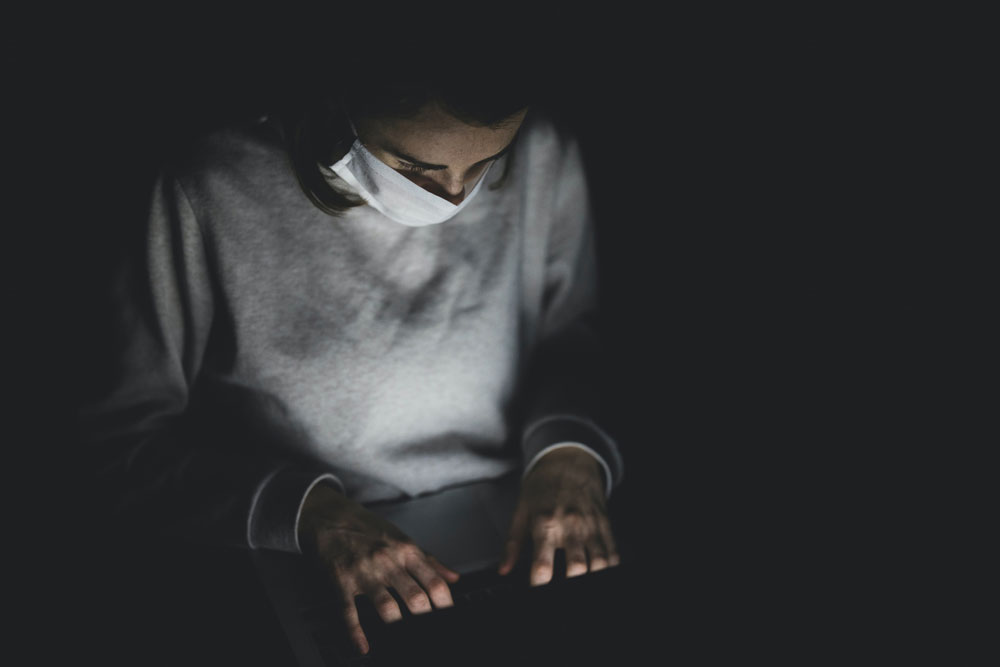
April 20, 2020; Associated Press, Enterprise, and Idaho Press
As it becomes ever clearer that the COVID-19 pandemic has taken a starkly disproportionate toll on people of color and immigrant communities, rising numbers of voices are calling to eliminate the underlying social and economic conditions that made that so.
At the end of last week, the Centers for Disease Control released its first look at COVID-19 cases broken down by race. It confirmed earlier reports finding that 30 percent of COVID-19 patients where race was known were black. Native Americans and Latinx communities also appear overrepresented: “In New Mexico, Native Americans account for nearly 37 percent of the state’s 1,484 cases and about 11 percent of the state’s population. Of the 112 deaths where race is known in Arizona, 30 were Native Americans.”
In Massachusetts, a “gateway” state as far as immigration is concerned, the virus has overwhelmingly plagued communities where new immigrants have settled. The Enterprise, a newspaper out of Brockton, Massachusetts, reflected that “the circumstances the virus does prey upon—crowded living conditions, work environments that expose employees to large numbers of people and pre-existing health conditions like asthma, diabetes and heart disease—are much more common in Massachusetts’ immigrant communities.” As NPQ noted earlier this month, the nation’s racism and xenophobia has forced communities of color into conditions that leave them vulnerable, thanks to boundaries set by societal norms. Mark Melnik, who has analyzed the data as part of a team at the UMass Donahue Institute, told the Enterprise, “It’s not specifically about race. What it is about is the social condition in which people live in. And there is a racial component to that. If public health officials are not acknowledging that, then they’re not doing their job.”
Sign up for our free newsletters
Subscribe to NPQ's newsletters to have our top stories delivered directly to your inbox.
By signing up, you agree to our privacy policy and terms of use, and to receive messages from NPQ and our partners.
Seeing these disparities play out in real time requires immediate action to give greater protection to those at greater risk. On the ground, this calls for additional funding, along with additional cultural sensitivity in the effort to adapt. In Brockton, for instance, informing the city’s significant Cape Verdean community means translating messages into its unique Creole dialect and using the community’s social structure to get the word out. Maria Leite, a family health professional at Brockton Healthy Families, explains, “You have a group of people that is getting the message that is not listening, and you have a group of people that don’t know what’s going on because they put on the TV and it’s all in English. They need someone to speak their language to understand.”
The language may be different, but the message is the same in Idaho, where Latinx immigrants, many undocumented, continue to work on farms and in grocery stores and factories. Estefanía Mondragon, executive director the immigrant rights organization PODER, tells the Idaho Press, “A lot of folks are confused. There is not a lot of information out there in Spanish…what we are seeing is it is not getting to our people. It is interesting how our community organizes—they ask questions to their local baker and their local carnicero (butcher).”
But mediating COVID-19’s immediate impact on these communities isn’t enough. Katarina Grande, who leads Public Health Madison and Dane County’s COVID-19 response data team, has been studying the data in Wisconsin. She tells WNBC-15, “We also have to be real. Disasters don’t make inequities go away….It’s important to talk to voices of color and leaders who experience the pandemic in ways the data can’t describe well.”
Those voices have begun demanding that our nation finally address its shortcomings. As Rev. Jesse Jackson explained to the Associated Press, “It’s America’s unfinished business—we’re free, but not equal. There’s a reality check that has been brought by the coronavirus, that exposes the weakness and the opportunity.”—Martin Levine





